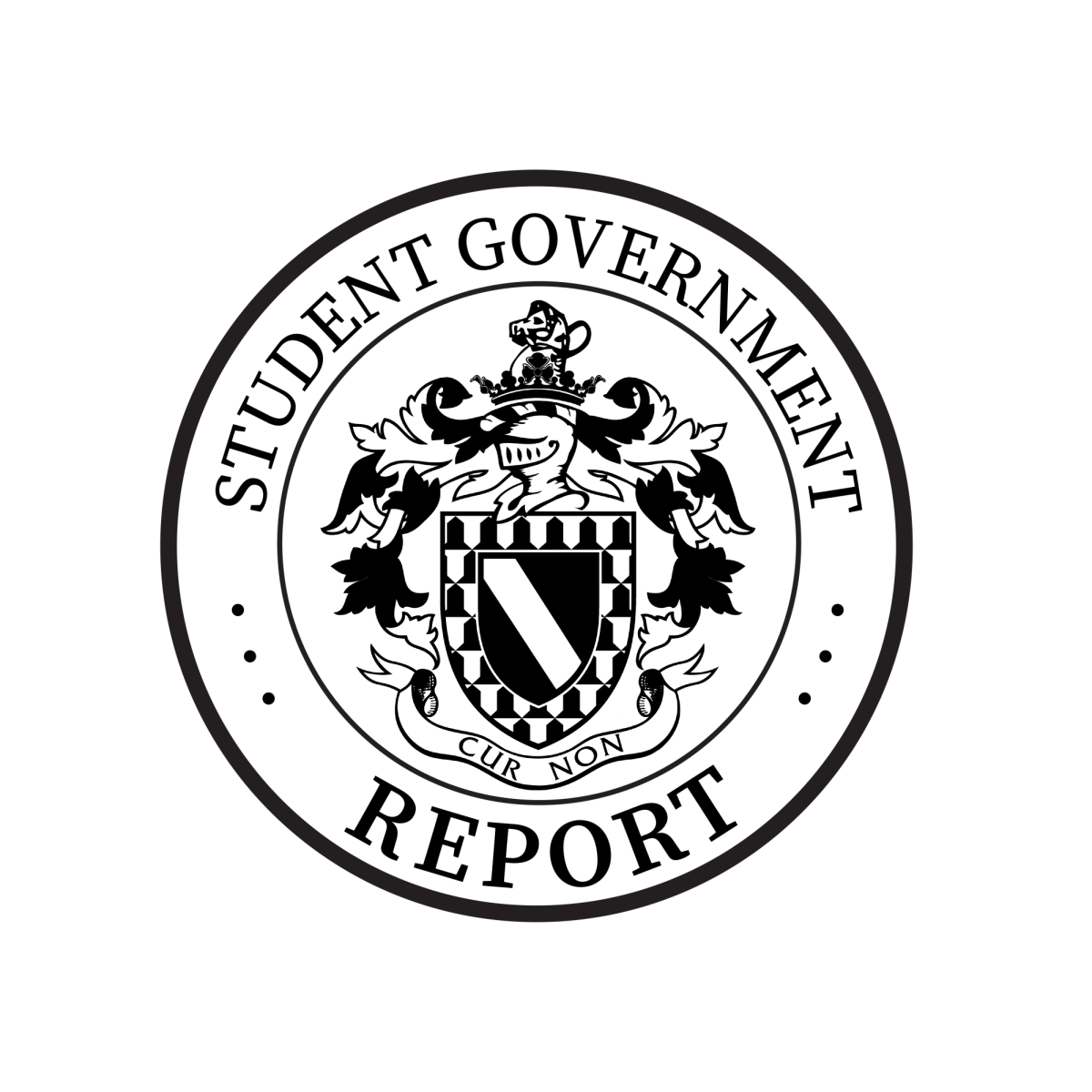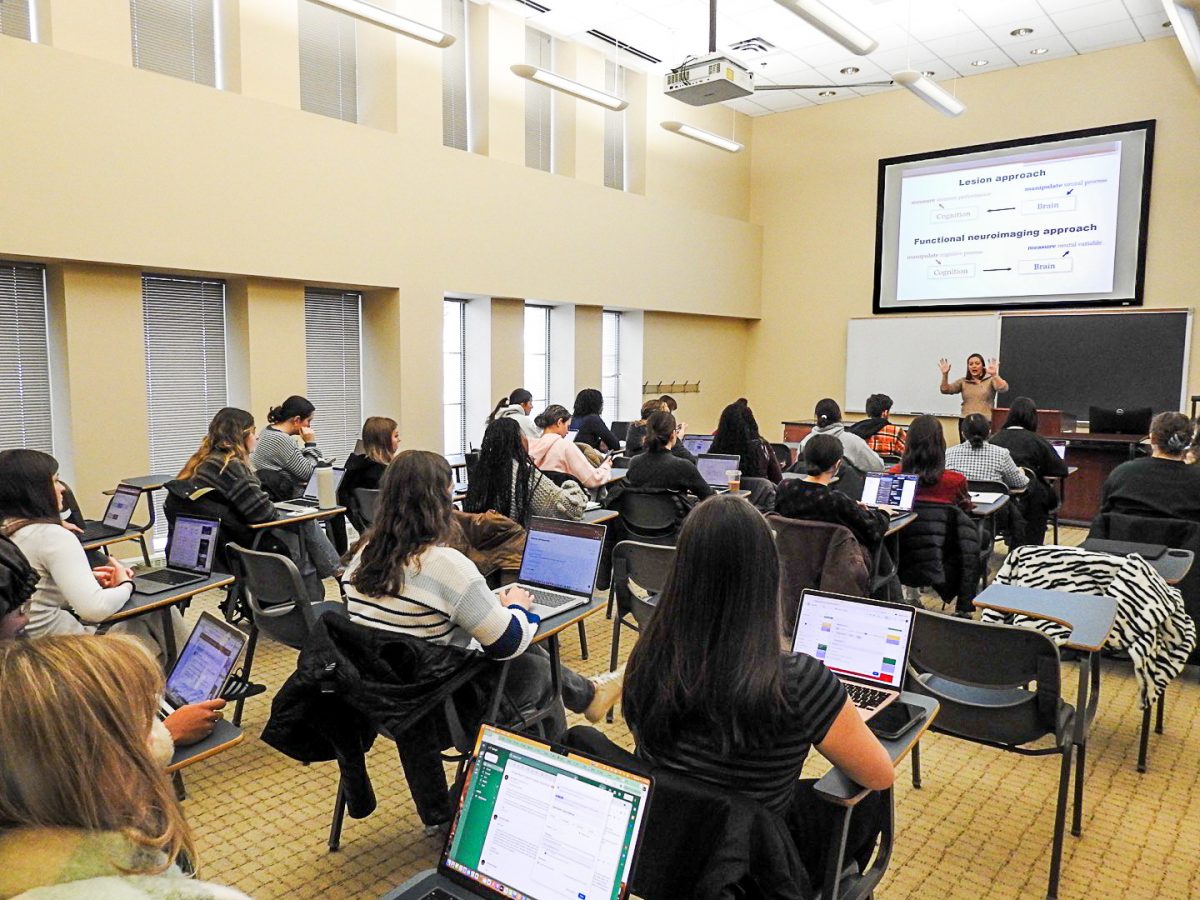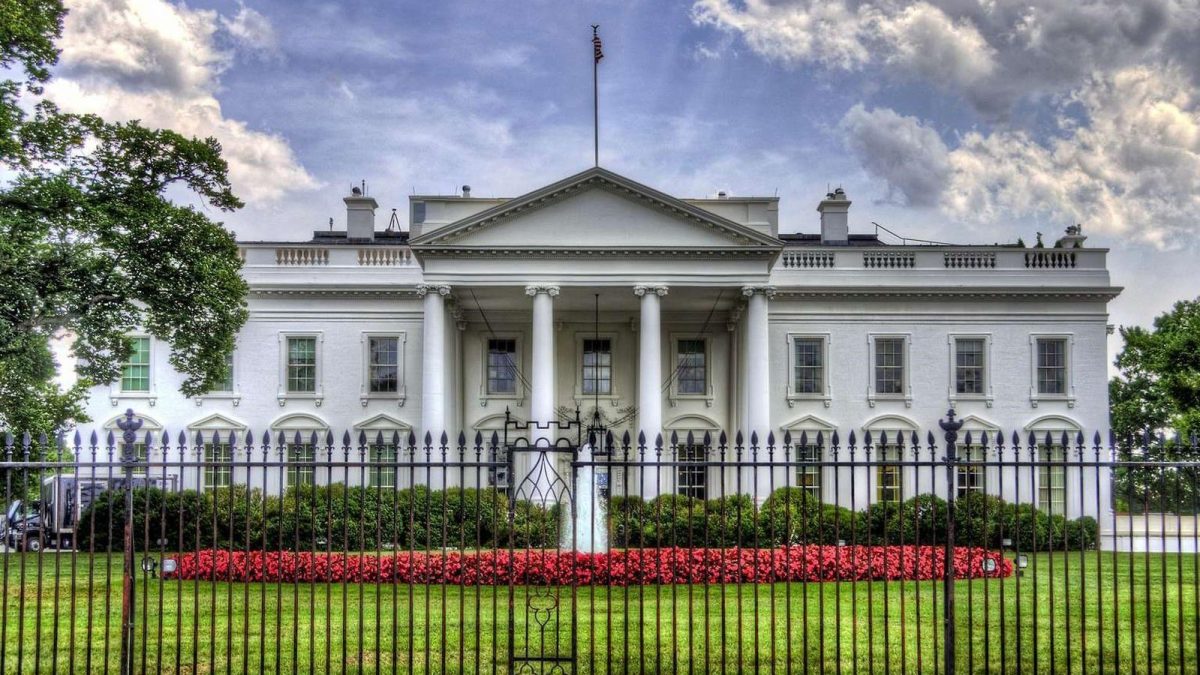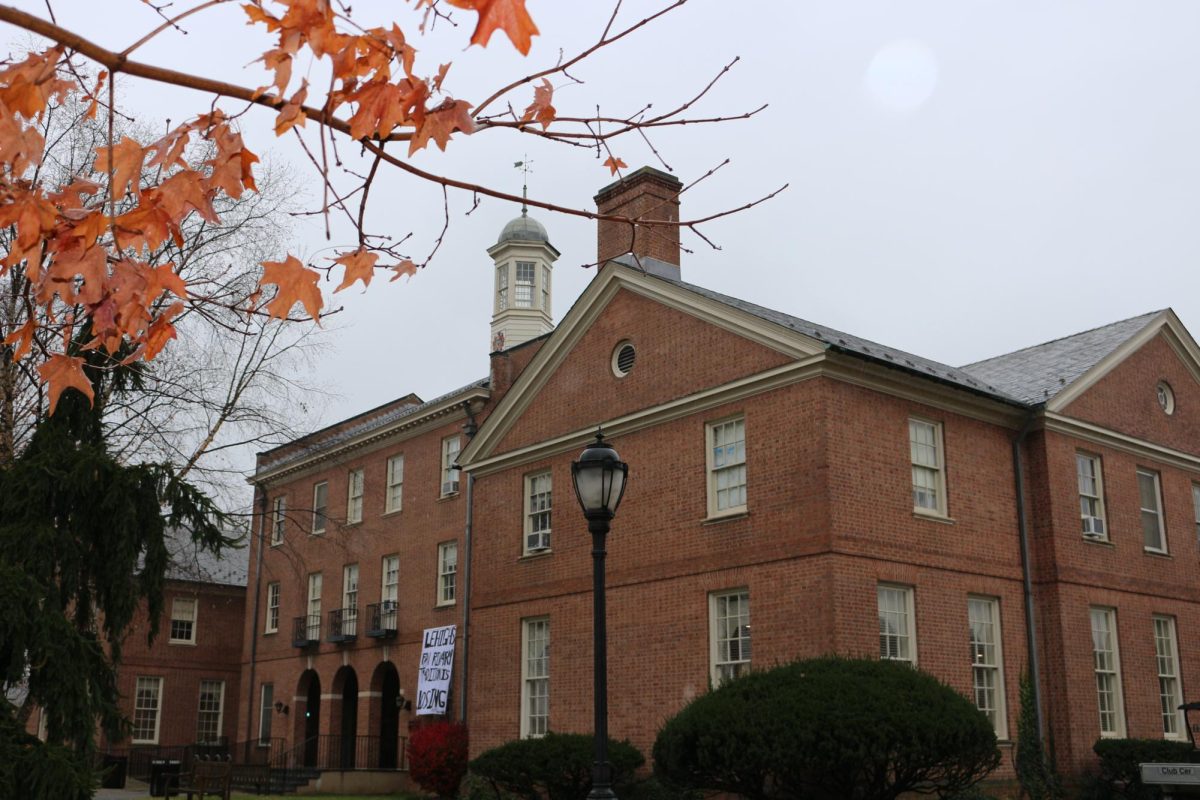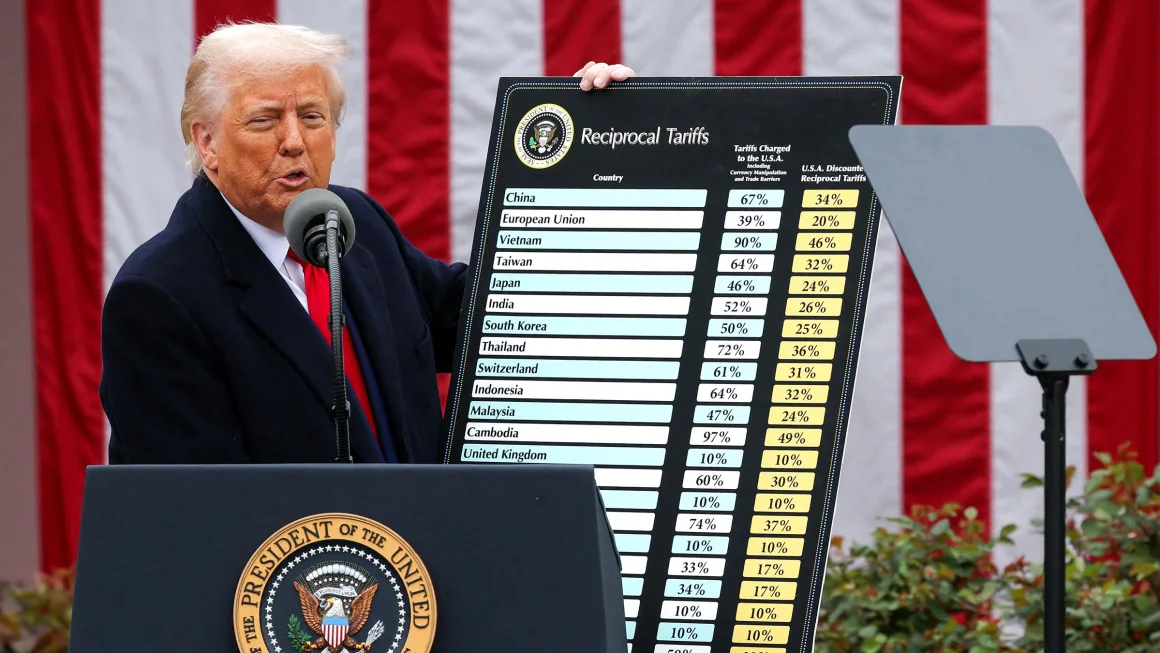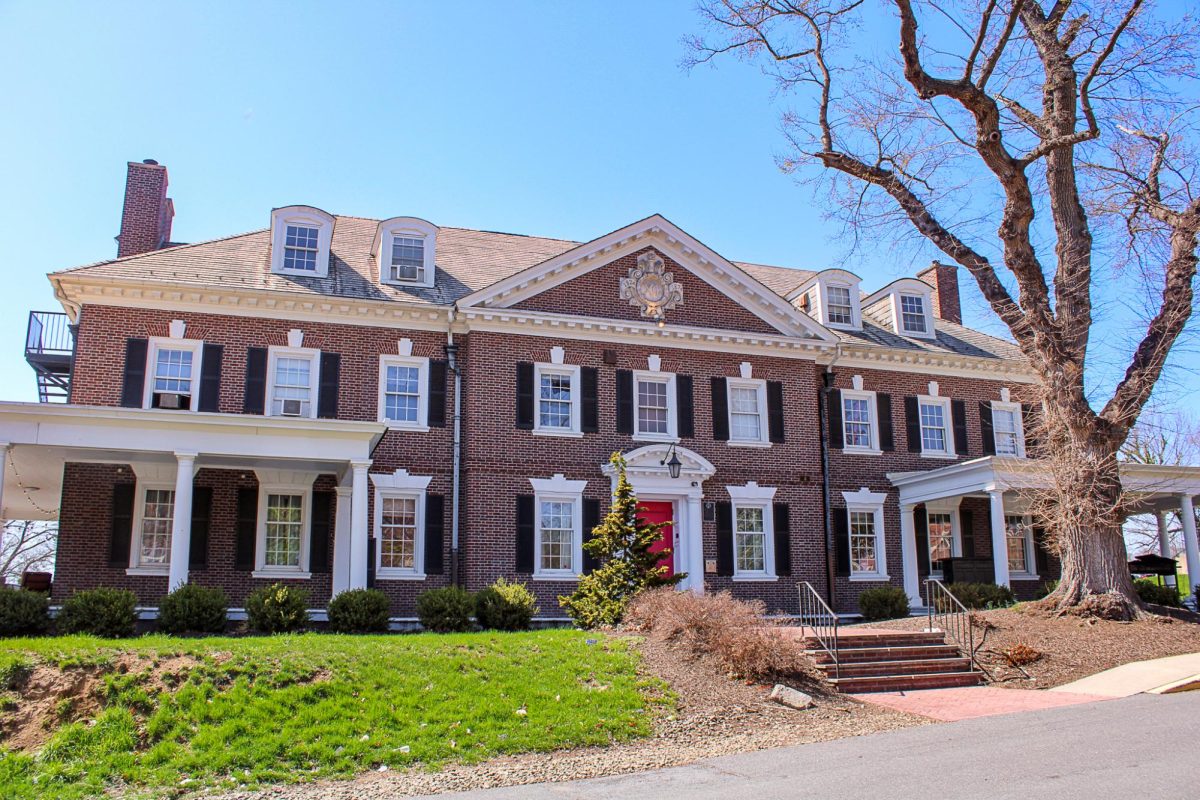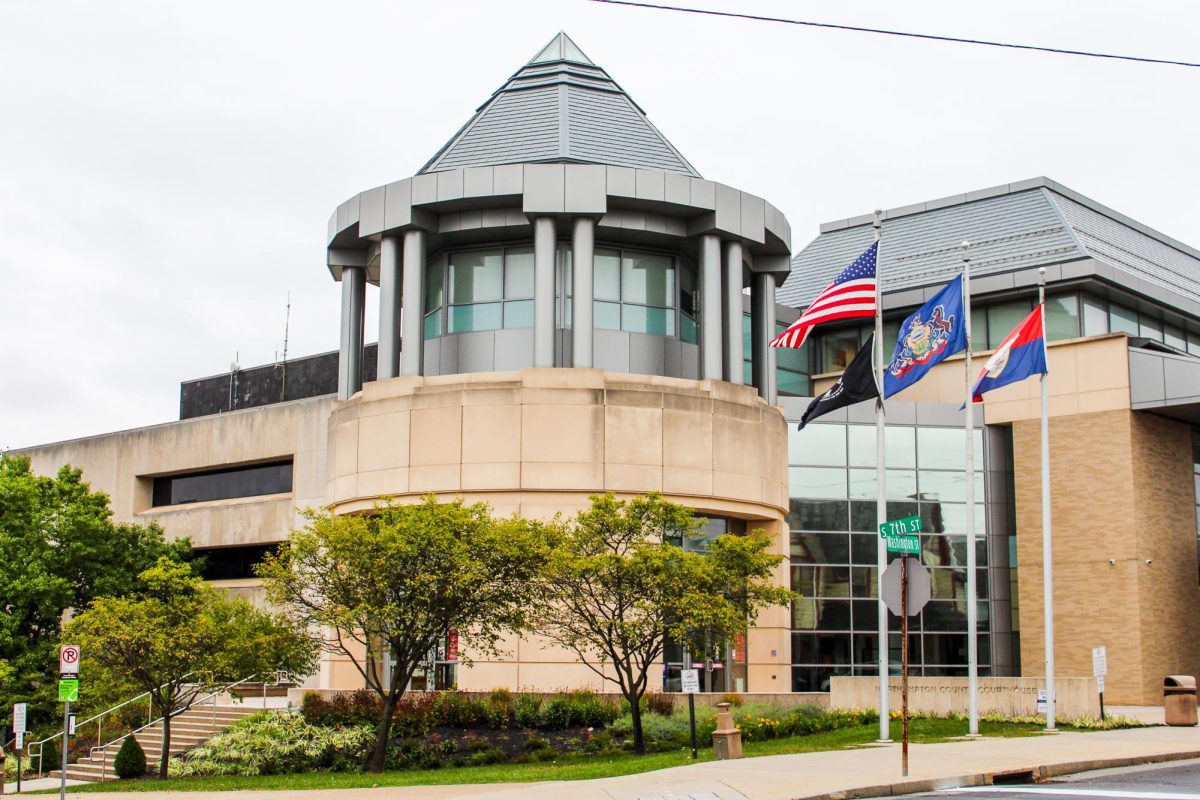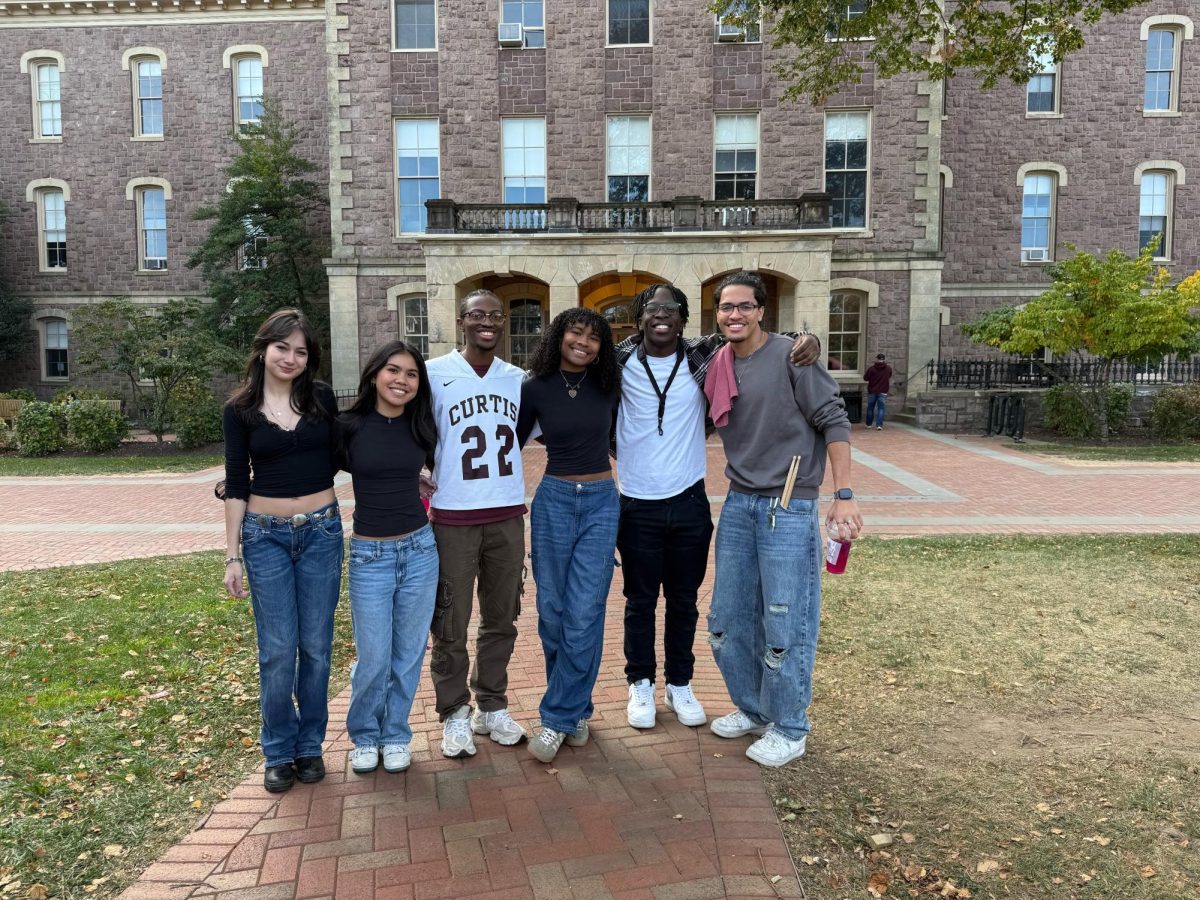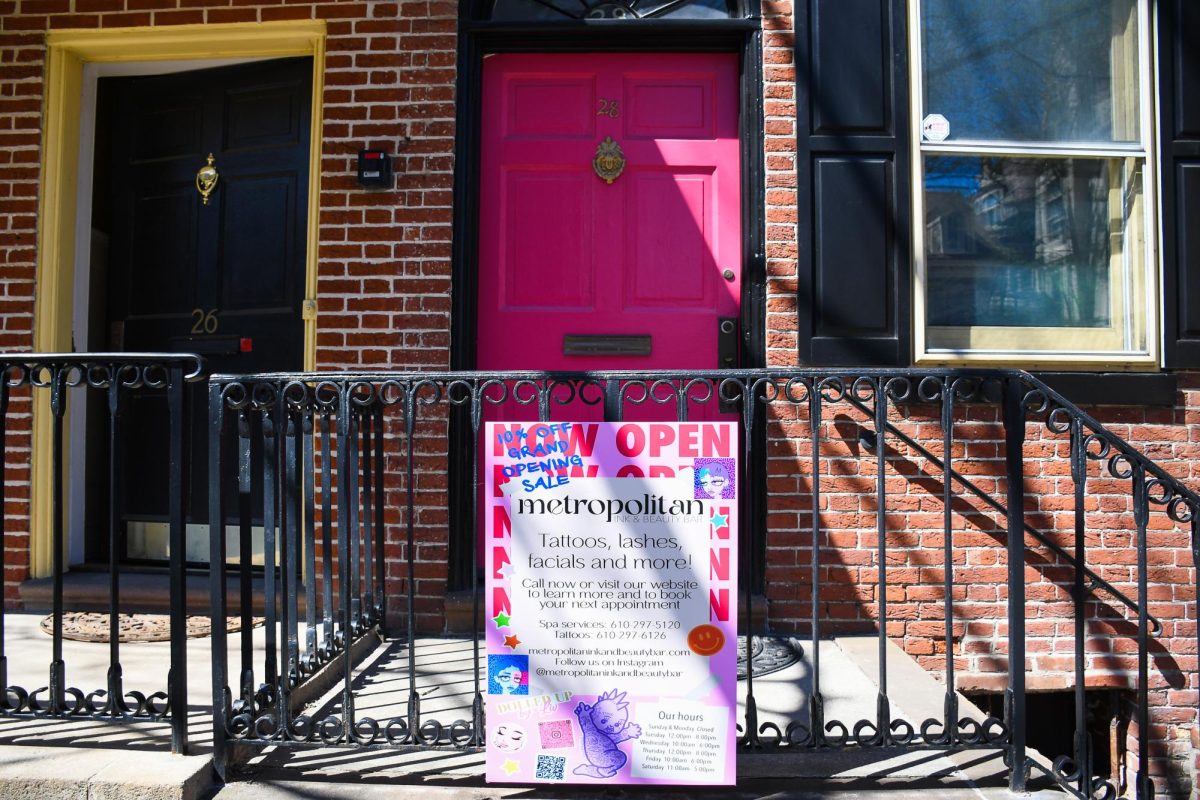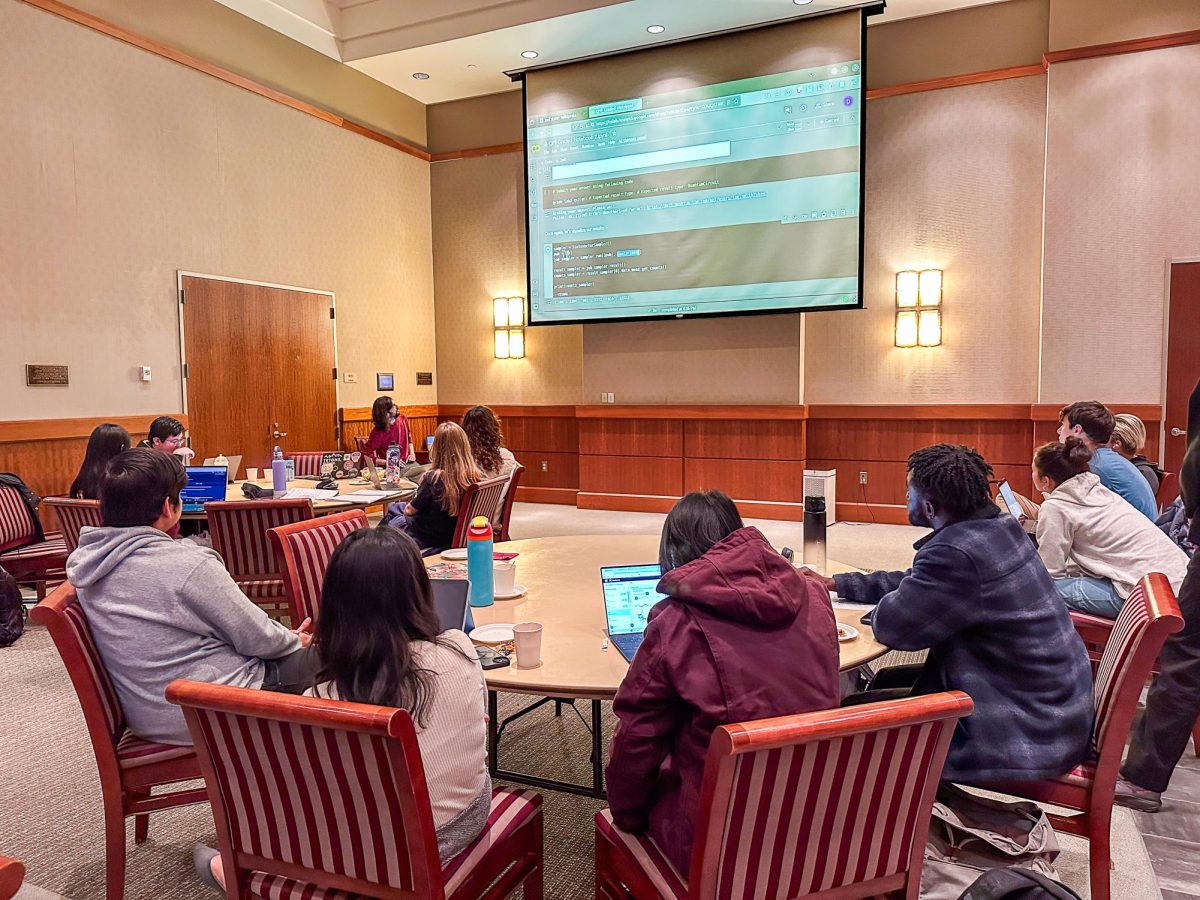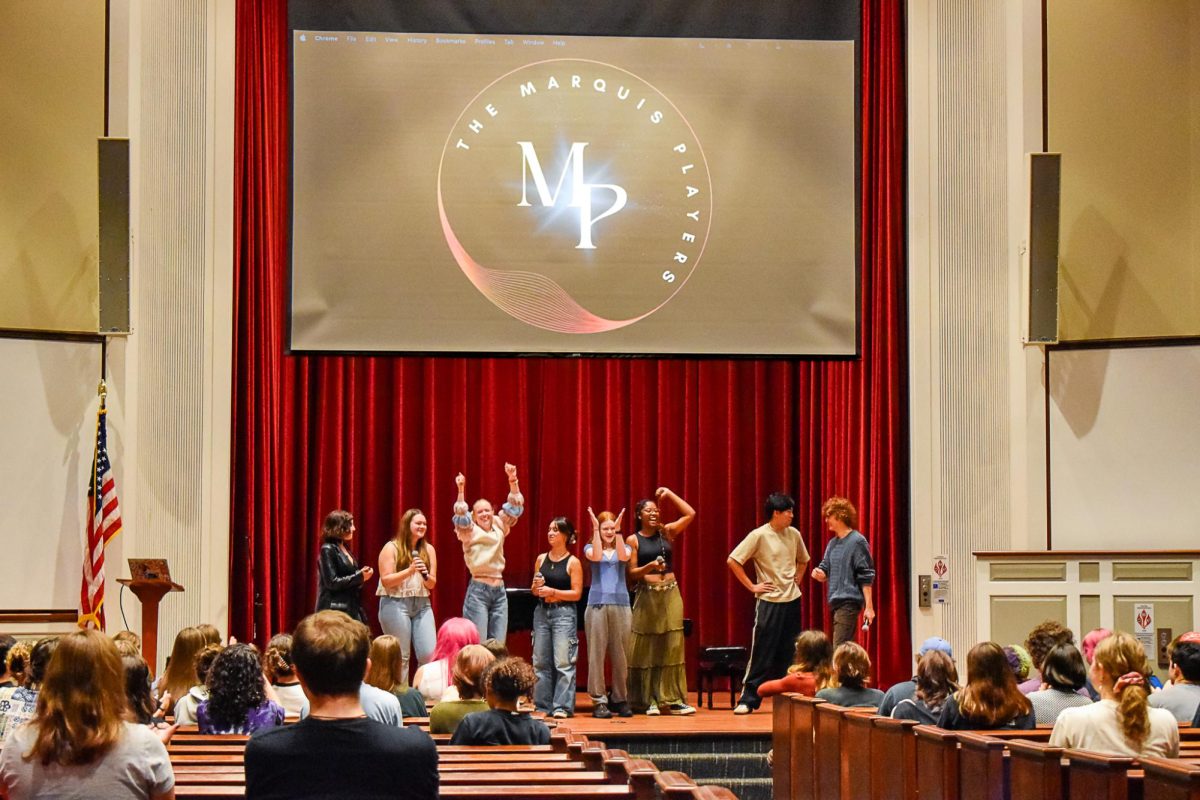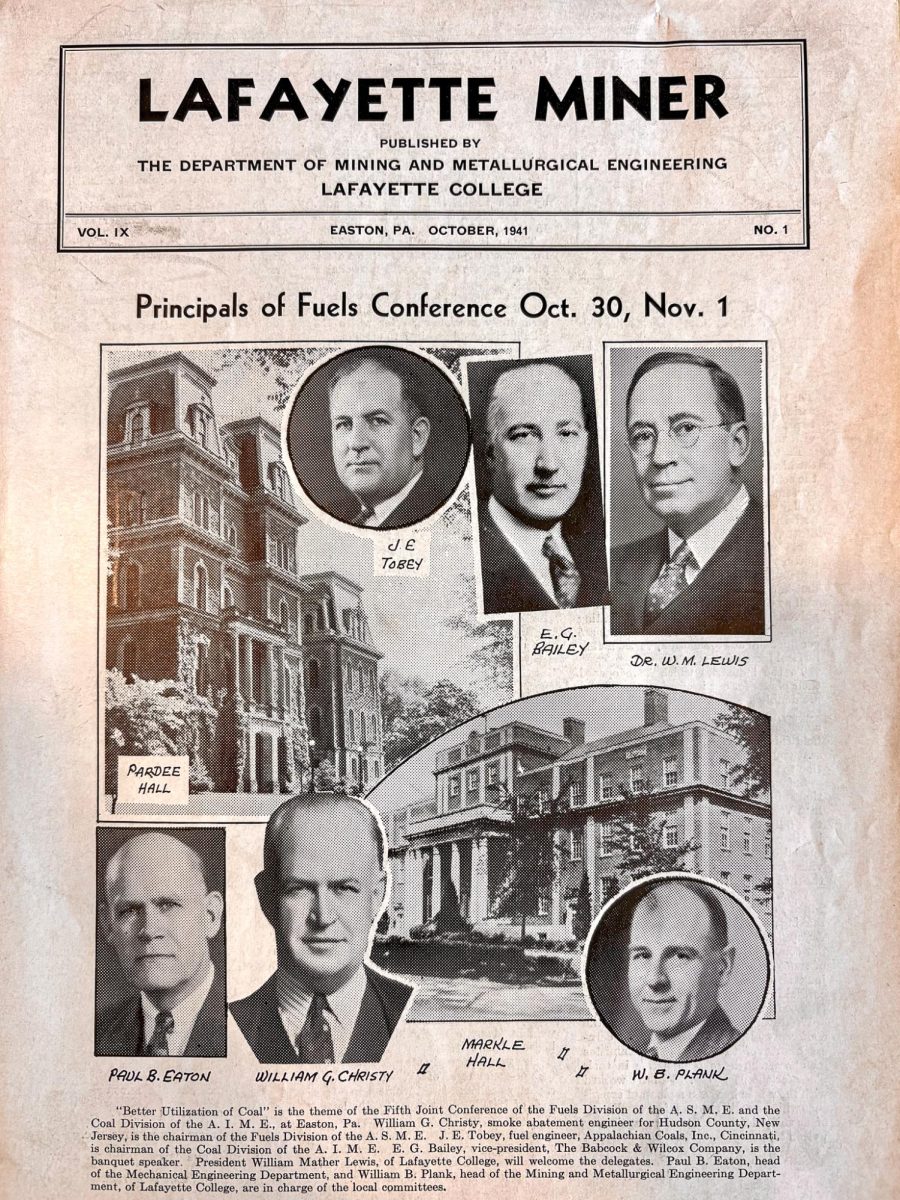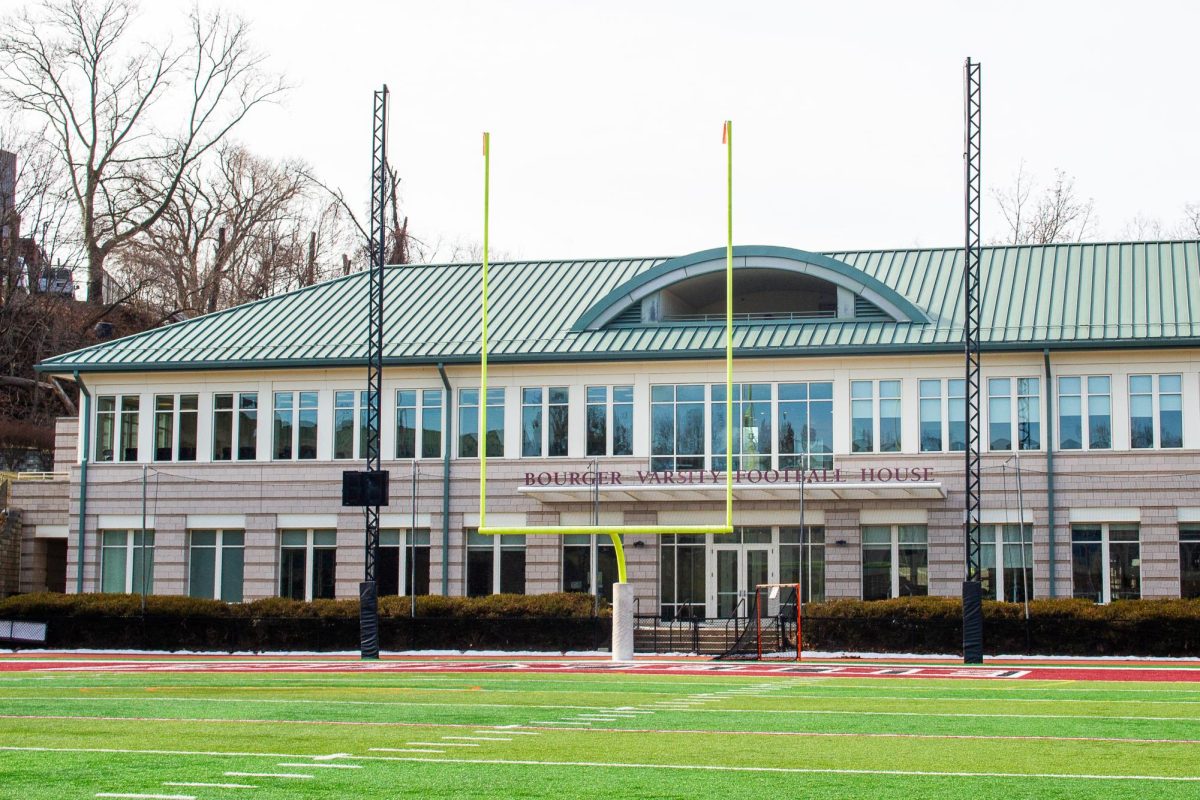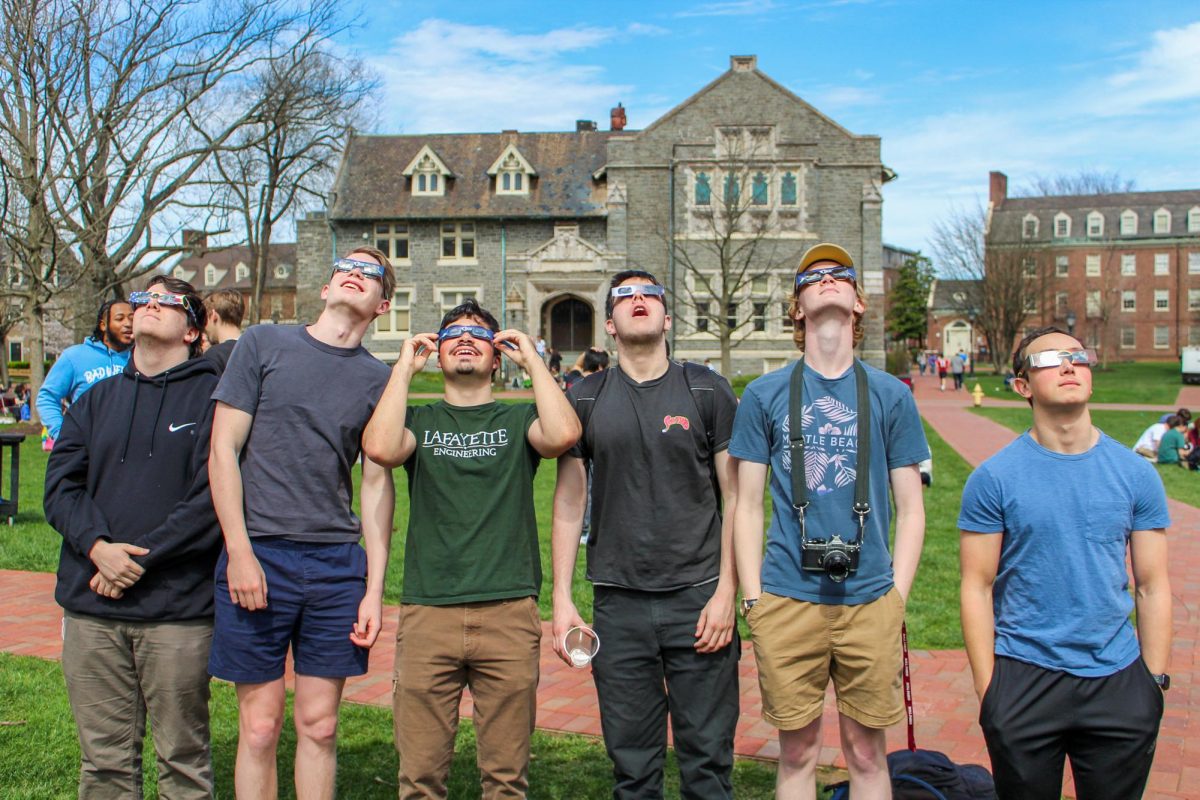President Donald Trump’s March 1 executive order designating English as the official language of the United States has sparked backlash and widespread criticism across the nation. With almost a third of Easton residents speaking a language other than English at home, city residents and members of the Lafayette College campus had mixed reactions to the decision.
“This policy risks marginalized non-English speakers, making it harder for us to access essential services and opportunities that are vital for our integration and success,” said Easton City Councilwoman Taiba Sultana, who noted she is a first-generation immigrant herself.
She said the order poses a “significant threat” to first-generation immigrants and argued the order could exacerbate gentrification and discrimination within Easton and beyond.
For residents involved in the city’s local school district, several Easton Area Superintendent Board members discussed how the order might affect the large population of non-English speaking families in Easton.
“It is still disappointing and frustrating, given that our responsibility as a school district is to serve the people in our community,” said Meg Sayago, a resident of College Hill and superintendent board member. “In order to do that, we need to be able to effectively communicate with them.”
Easton Area School District currently provides all phone calls, print materials and emails in multiple languages other than English, according to Sayago. She said the school district does not plan to change this.
Ghennifer Zando-Dennis, another school board member, noted that while agency heads are not required to amend or remove documents or other services offered in languages other than English, she said she believes this disclaimer may be “disingenuous” or “superficial.”
“It leaves federal agencies vulnerable to ideologically-based charges of engaging in DEI activities simply for the fact of providing documents or services in a language other than English, including our public schools,” Zando-Dennis wrote in an email.
Michelle Geoffrion-Vinci, a Spanish professor and Languages & Literary Studies assistant department head, criticized the executive order, calling it an example of “racist, anti-immigrant bullying” by the president and his “henchmen.”
“To insist on making English the official language is a short-sighted and unfortunate policy that fails to recognize the linguistic and cultural diversity that is part of what makes the United States of America a good place,” she said.
Juan Martinez, the owner of Don Juan Mex Grill and a current Republican candidate for Northampton County Council, said he supports the recent executive order, pointing to his roots as an immigrant from the Dominican Republic.
“Coming to America, the least I could do is respect the American culture and learn the language,” Martinez said.
“I don’t see any problem with that,” he continued. “I made the effort to learn the language.”
Despite these strong reactions, Government & Law professor Stephanie Chan said that it is hard to speculate on the more concrete impacts of the order, but that American public sentiment is one area that could be affected.
“There has long been rhetoric in the United States delimiting who is seen as American and one of these is the ability to speak English,” wrote Chan in an email, adding that this rhetoric has often stereotyped certain racial groups as “foreigners.”
“As a symbolic gesture, the executive order may embolden individuals who wish to further divide Americans against each other based on language proficiency,” she continued.
Government & Law professor John Kincaid agreed that the order is more “symbolic” than “substantive.”
The executive order rescinds former President Bill Clinton’s mandate that required federal agencies to provide non-English communications to certain language groups, according to Kincaid. However, he explained that “President Trump’s executive order does not prohibit any federal agency from continuing to communicate in other languages.”
While Kincaid argued that the order would likely not affect voting access given its protection under the Voting Rights Act, he said access to information on Social Security and Medicare, as well as citizenship processes for non-English speakers, might be affected.
The order, signed by Trump just two weeks ago, states the decision to designate English as the country’s official language is “long past time” and will “promote unity, cultivate a shared American culture for all citizens, ensure consistency in government operations, and create a pathway to civic engagement.”
“Making this change could actually contradict the values of inclusion and acceptance that have shaped our nation,” Sultana said in criticism of this point.
In the Lehigh Valley alone, the Census Bureau shows that more than 14% of Northampton County’s population speak a language other than English in their home. For Lehigh County, this number rises to 25%.
English is already designated as the official language in more than 30 states, but the designation of an official national language is an unprecedented decision for the country.
There are estimated to be between 350 and 400 languages spoken in the United States, according to Translators Without Borders.
“Easton has been a strong immigrant community — Lebanese, Italian, various backgrounds — and we are welcoming to all,” Sayago said. “One of the ways that we can be welcoming is to embrace our various cultural identities and to learn from each other and to recognize that our lives are enriched by experiences with those who come from different backgrounds.”





